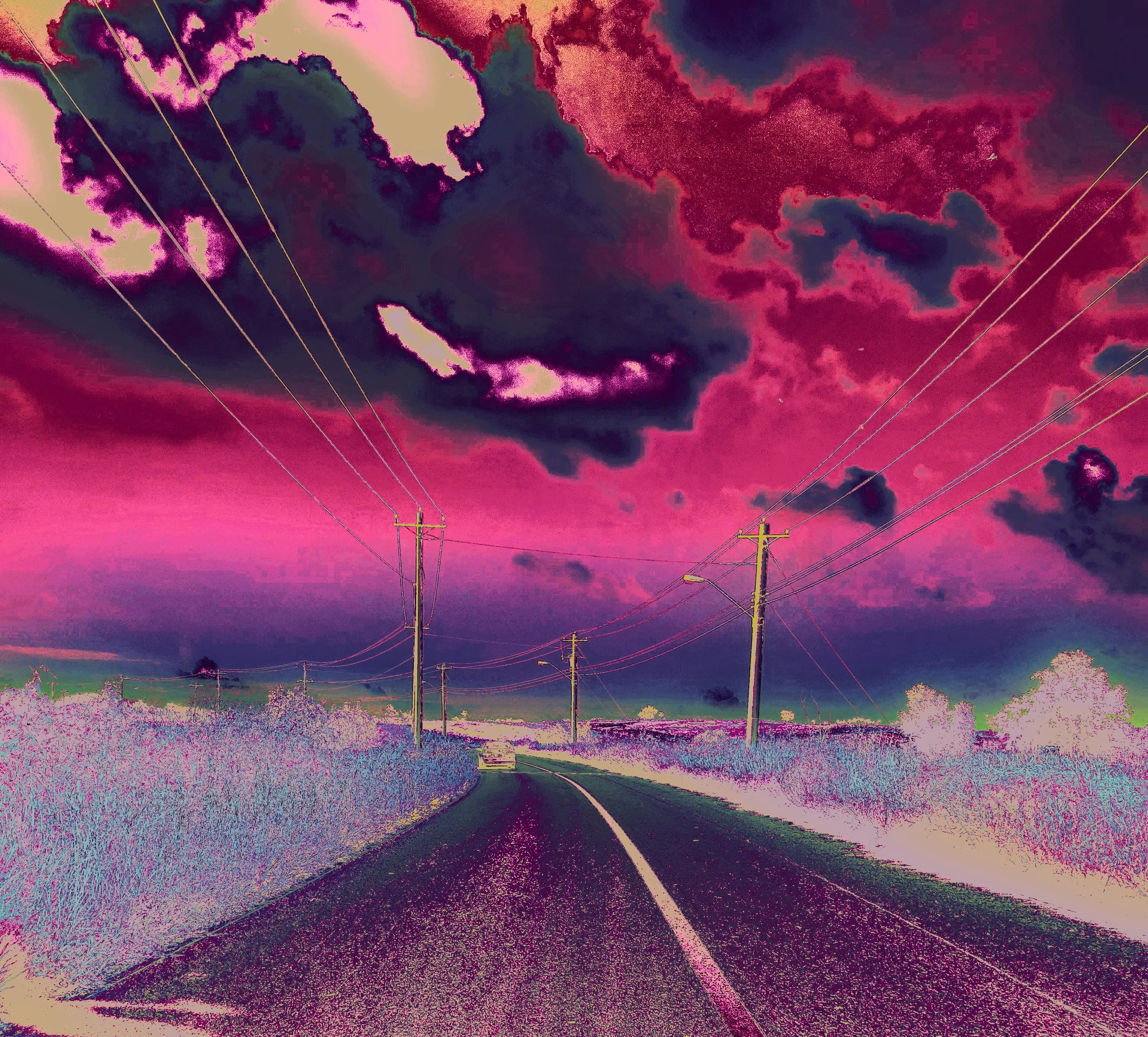
ABSTRACT
South-Central Trinidad
15/06/2025
Radiant Fields is a media-based art project that investigates the evolving relationship between perception, memory, and identity in the Caribbean through the symbolic and technical progression of image-based media. The work unfolds across three phases—Image as Field, Field as Volume, and Volume as Immersive Experience—each reflecting a shift in how digital formats mediate and transform our understanding of space, self, and culture.
Beginning with the manipulation of still imagery, Image as Field examines how memory is encoded and abstracted through digital layering, photographic deconstruction, and aesthetic reinterpretation. These compositions draw reference from social media content creation and are not treated as one-to-one representations, but as virtually expanded zones with atmospheric density, alarming contrast, and encoded emotion.
In Field as Volume, the work transitions into generative and volumetric experimentation. Drawing inspiration from Neural Radiance Field (NeRF) technologies, this phase explores how digital mass can reconstruct space from image arrays. Through the use of AI tools, motion graphics, and projection formats, fragmented Caribbean environments—either rooted in lush nature or the nearly erased architectural memory—would be regenerated into speculative landscapes where the real and unreal converge. Processes currently under development.
The final phase, Volume as Immersive Experience, considers how these reconstructed environments can be spatialized through light, sound, or interactive display—transforming passive viewership into embodied presence. At this phase of the project, media is not only a tool but a subject: a dynamic material that shapes cultural legibility, emotional resonance, and the way identity is constructed in increasingly synthetic contexts.
Radiant Fields is a response to urgent questions about access, equity, and transformation in the digital era, particularly in underrepresented Caribbean communities facing overlapping challenges of climate change, digital literacy, and cultural visibility. The methodology is symbolic, and reflexive—anchored in the belief that new media formats are not just aesthetic innovations, but structured agents of memory, meaning, and possibility.



